How Do You Make A Root Barrier?
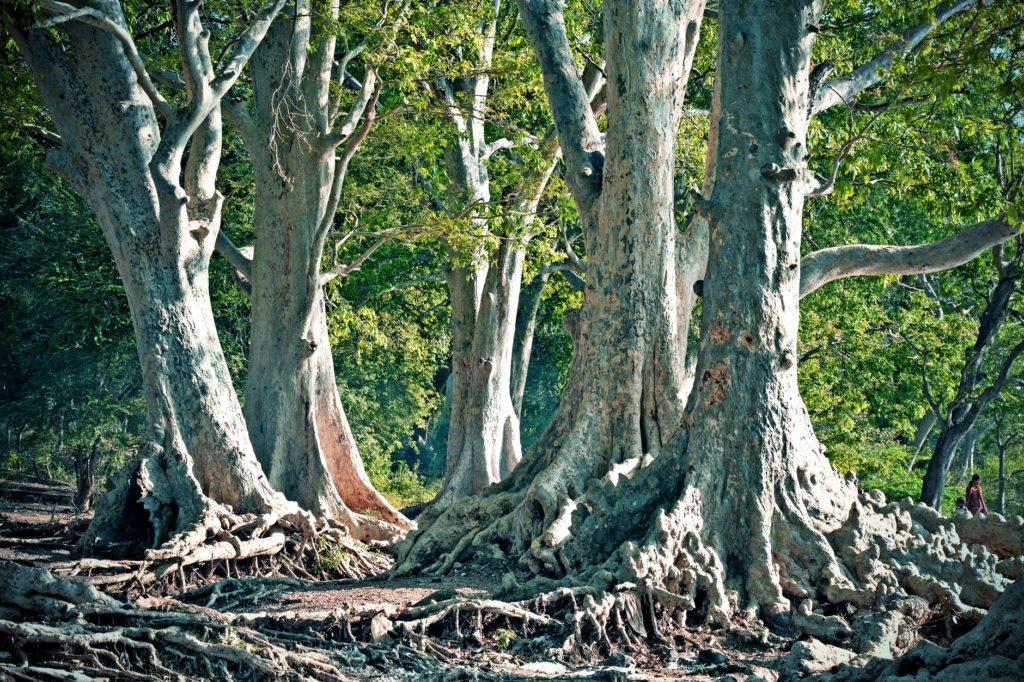
While they don’t move very fast, tree roots are the “root” of many home and yard problems. If you see them encroaching on your foundation, driveway, or a public sidewalk, don’t remove the tree or damage its extensive root system to stop it – put in a root barrier! A barrier will redirect roots away […]
Are Tree Removal Regulations Different In Every Province?
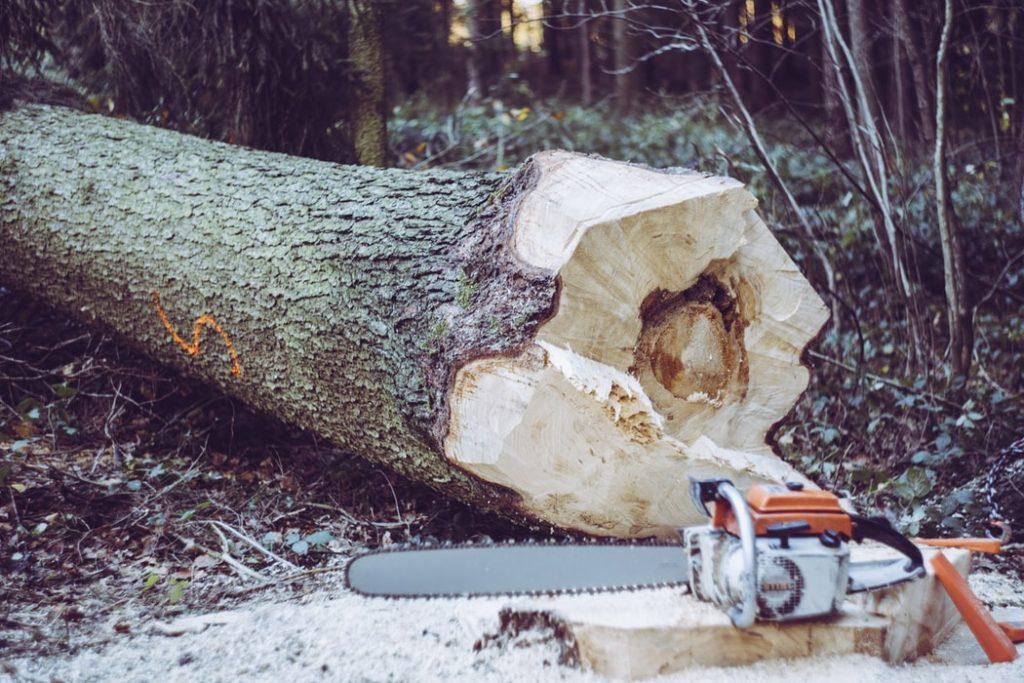
Tree removal regulations differ from one place to another. The provinces and territories have control over most of Canada’s forests. The feds say each of these regions can develop and enforce their laws, regulations and policies related to the planting and removal of trees. Even still, the provinces don’t always manage tree removal laws themselves. […]
What Does Conservation Deadwooding Mean?
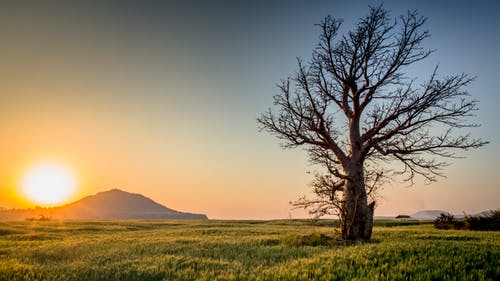
Arborists are important for diagnosing dead tissue on a tree and expertly pruning it away. While removing dead or diseased limbs sounds like common sense, average people can’t always tell what dying wood looks like until it’s too late. It’s a job that takes a keen eye, especially when people are concerned about the conservation […]
How To Remove Tree Sap From Clothes
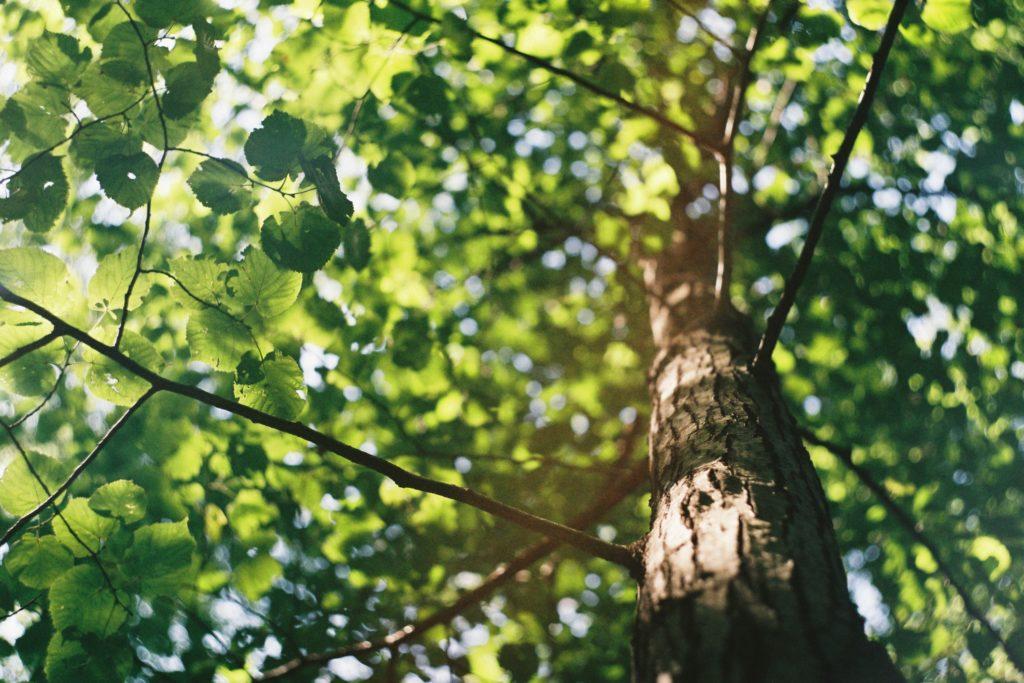
One of the “hazards” of working with trees is the large amount of sap that gets on clothing. It seems to stick to us every day, so much so that trying to avoid it is impossible. While you don’t need to clean off a work uniform all that rigorously, most non-arborists don’t want to get […]
What To Do With Your Old Christmas Tree
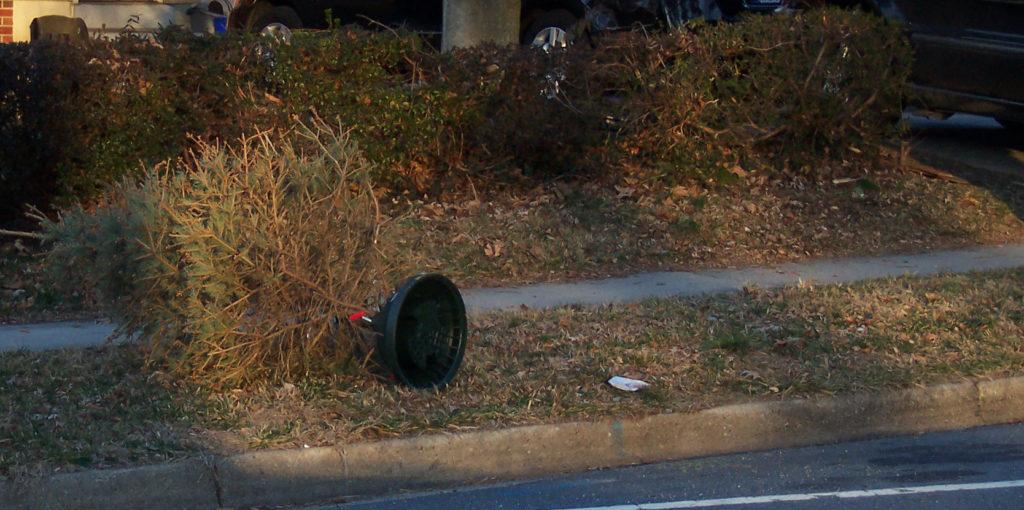
Are you still clinging to 2017’s Christmas tree? We don’t blame you. Weren’t we singing “O Christmas Tree” not two or three weeks ago? Now we’re supposed to toss it to the curb? Here are some ideas to make the most of that used-up Tannenbaum, both inside and outside!
Real vs. Fake Christmas Trees: An Arborist’s Perspective

Picking a Christmas tree has become one of the most important December traditions. Think about your favourite festive movies – from A Christmas Story to National Lampoon’s Christmas Vacation, taking the family to the local lot or forest to get a tree is one of the most magical parts of the season. Sure, you might […]
Protecting Trees from Winter Damage
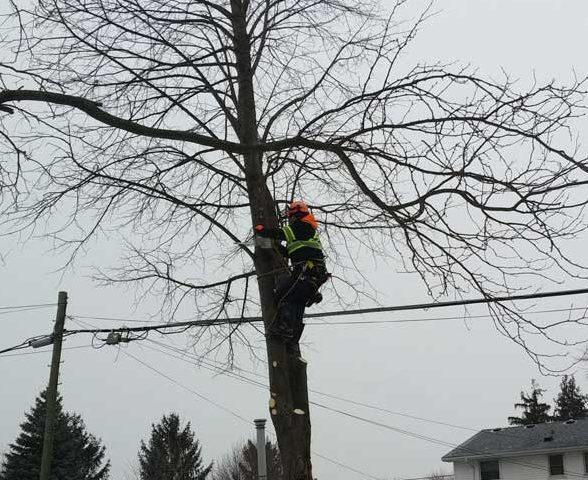
Winter can do a lot of damage to a tree. It’s a part of nature, really, and trees are built to resist much of what the cold, harsh weather will throw at them. Their whole system works to prevent the water inside from freezing and expanding, and their ability to go dormant in the winter […]
